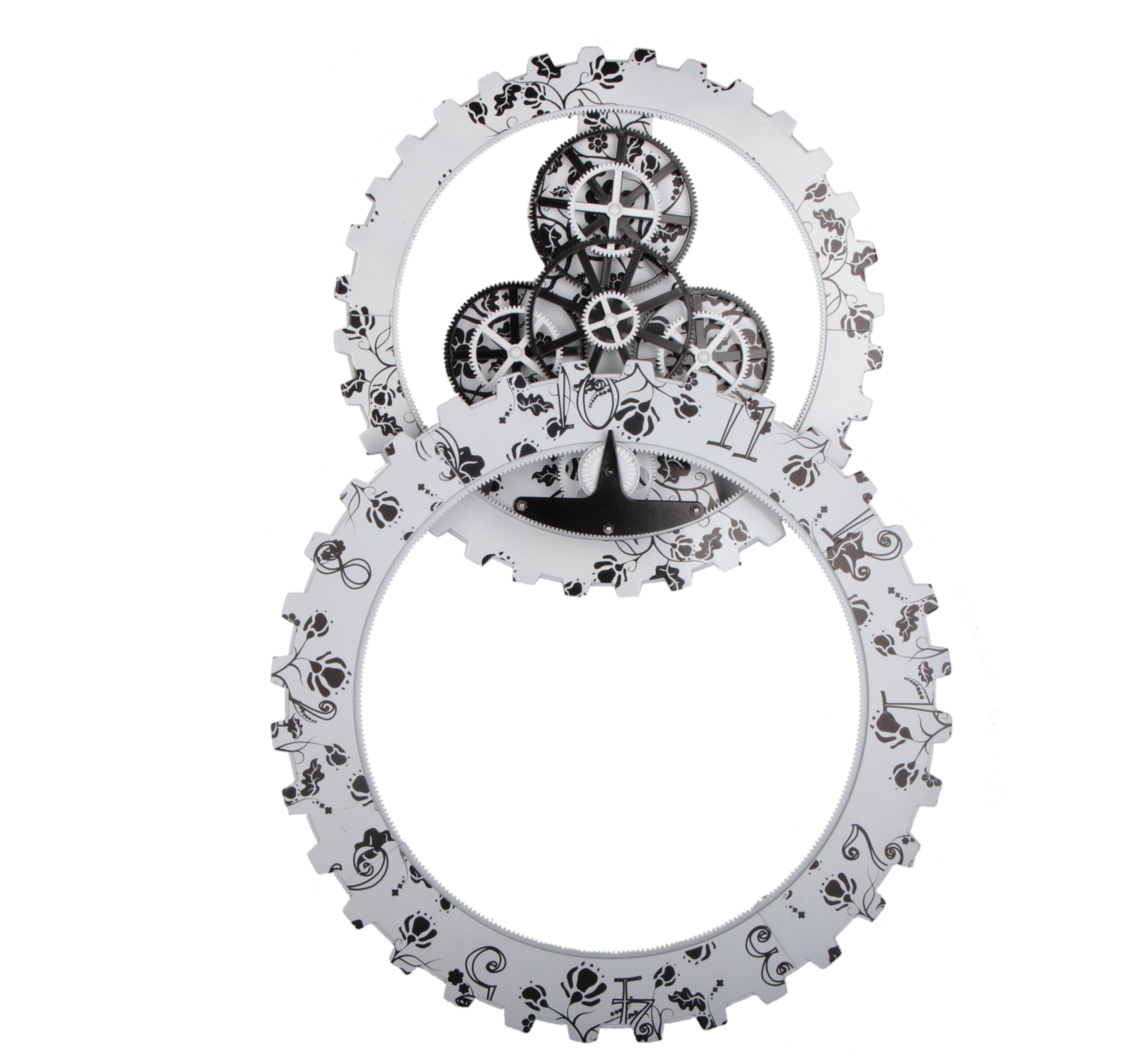Metal deposit mining basic concept
The basic concept of metal mining deposits 1. Mineral Resources - Mineral resources are naturally formed substances with a certain shape, certain physical properties and certain chemical composition. There are more than 3,000 minerals found in nature, and the most common ones are about 200. Up to now, 171 kinds of minerals have been discovered in China, and 153 kinds of minerals have been discovered, and 118 kinds have been developed and utilized. 2, ore Mineral aggregates of useful constituents in the earth's crust, which can be exploited under modern technological and economic conditions, are called ores. 3. Ore body - the aggregate of ore is called the ore body 4, the deposit It is the general name of the ore body. It can be composed of one or several ore bodies. It contains two meanings, one is the geological environment in which the ore body exists, and the other is the quality and quantity of the ore. The deposit can be further divided into: 1 Industrial deposits – Under current technical and economic conditions, mineral deposits that meet mining and utilization requirements are called industrial deposits. 2 Non-industrial deposits - in contrast to the above, called non-industrial deposits. 5, surrounding rock - the rock around the ore body is called surrounding rock. 6, the stone - the rock in the ore body is called the stone. Physical and mechanical properties of ore Hardness Refers to the ability of ore (rock) stone to resist external mechanical action. ※ Hardness affects the choice of rock drilling equipment and crushing methods, as well as labor productivity, material consumption and mining costs. 2. Ruggedness: Refers to the performance of the ore (rock) stone against external forces. ※ The size of the ruggedness is usually expressed by the robustness factor f. f = бC/ 100 ※ Ruggedness affects rock drilling speed, explosive consumption and ground pressure management. 3. Stability: refers to the size of the exposed area of ​​the ore (rock) stone in the space and The performance of the length of exposure. ※ Stability and firmness are both connected and different. ※ According to the stability of the rock, the stability of the rock can be divided into five levels: (1) Extremely unstable: When tunneling or mining, no exposed area is allowed, otherwise it may cause chipping or falling. (2) Unstable: unsupported allowable exposed area within 50m2 (3) Medium stability: The allowable exposed area of ​​unsupported is 50-200 m2. (4) Stable: The allowable exposed area of ​​unsupported is 200-800 m2. (5) Extremely stable: The exposed area is not more than 800m2. ※The stability of ore rock affects the maintenance of the roadway, mining method and ground pressure management The choice of method. 4. Agglomeration Refers to the nature of the ore that is mined in contact with water and pressure, and rejoins into a block after a period of time. ※ The agglomeration of ore has an impact on the transportation of ore and the choice of mining methods. 5. Oxidation It refers to the property of sulfide ore to become oxidized ore under the action of water and air. ※ Oxidation of ore will reduce the recovery rate of ore . 6. Self-ignitability Refers to high-sulfur ore, which oxidizes in the air and releases heat. After a certain period of time, the temperature rises, causing the property of spontaneous combustion. ※ The spontaneous combustion of ore will increase the temperature in the underground and may cause underground fires. It has special requirements for mine ventilation, blasting methods and mining methods. 7. Water content Refers to the performance of mineral rock absorption and retention. ※ The water content of the ore is difficult for mining, transportation, bucket lifting, storage and mining of mines, and roadway support. 8. Fragmentation Refers to the nature of the volume increase after the rock is broken. ※ The ratio of the volume of the broken rock to its original rock volume is called the coefficient of expansion (or looseness coefficient). ※ The crushing property of ore rock has an impact on the transportation of rock and rock. 9. Boundary grade – the minimum content standard for the useful components of the ore body and surrounding rock (ore and waste rock). 10. Industrial grade – refers to the lowest average grade (also known as the lowest recoverable grade) of the ore body (mine section) that can be exploited under current technical and economic conditions, called industrial grade. The marginal grade and industrial grade of some ore According to the nature, mineral composition and chemical composition of the metal minerals involved: Natural metal ore: gold Au, natural sulfur S, graphite C, platinum Pt Oxide ores: hematite Fe2O3, zinc ore red ZnO, soft manganese ore MnO2, Red copper mine CuO, white lead ore PbCO3 Sulfide ore: chalcopyrite CuFeS2, sphalerite ZnS, pyrite FeS2, molybdenum ore MoS2 Mixed ore: Most metal ores are mixed ores.
Gear clock on wall is a fashion item for both time and decorative function. You can see the gear moving and every gear has its own meaning, whatever hour, minute or seconds, as you can see the time going. Special Gear Clock not only including the table gear clock, but also the Wall Gear Clock. But hanging a gear clock on wall is like hanging a art work to increase the sense of art of home.
Wall Clocks At Target, Modern Wall Clocks, Big Gear Clock,Gear Clock Design,Gear Clocks For Sale Guangzhou Huan Yu Clocking Technologies Co., Ltd. , https://www.mk-times.com

